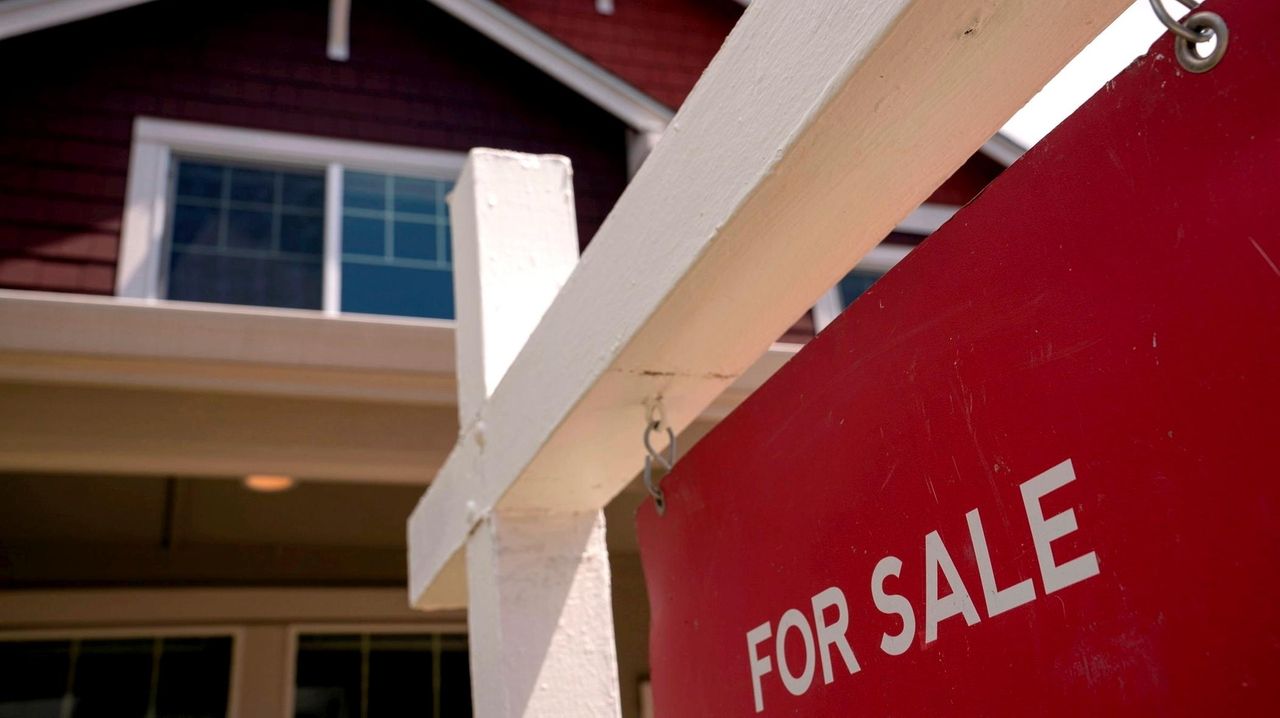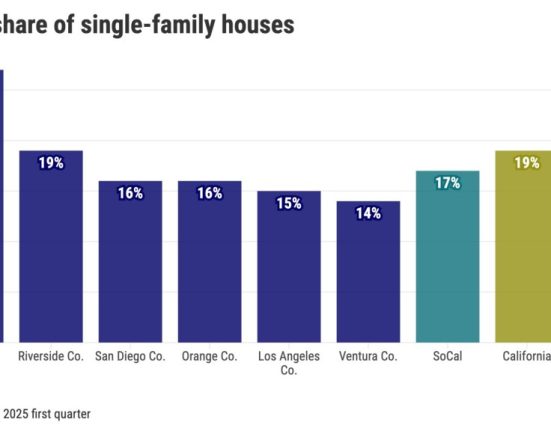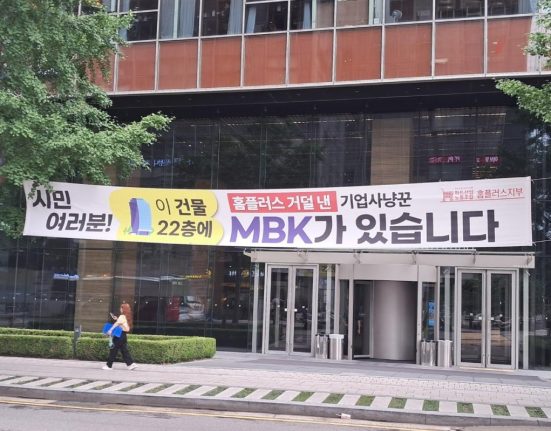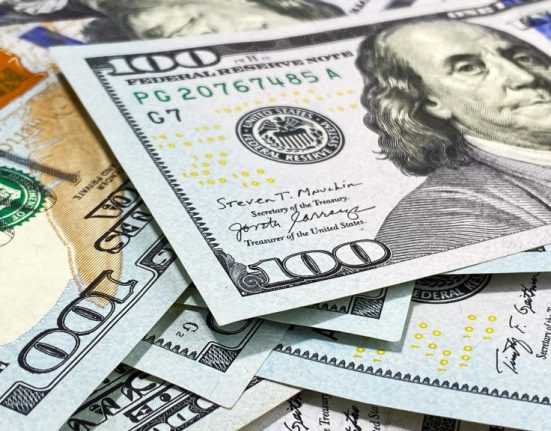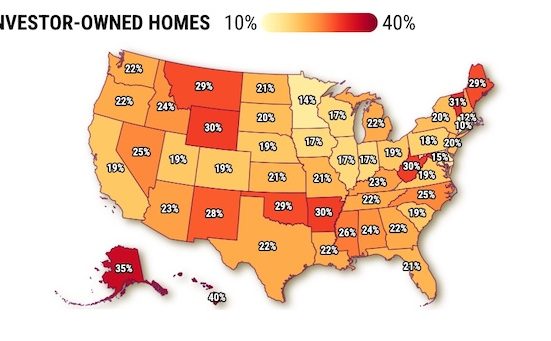Mortgage rates continued to increase across the United States, with experts attributing the rise to more real estate inventory. But on Long Island, inventory remains low and continues to put buyers in a financial bind.
The average 30-year fixed mortgage rate rose to 6.86% nationally as of Thursday, mortgage giant Freddie Mac’s weekly Primary Mortgage Market Survey showed.
The continued rise is due to more housing inventory for buyers, leading to steady purchase applications nationwide, said Sam Khater, Freddie Mac’s chief economist in a news release Thursday.
But while inventory may be increasing nationally, Long Island’s combination of high mortgage rates and low inventory makes buying a home more challenging, according to local experts.
Andrew Russell, the owner of Hauppauge-based RCG Mortgage, said he’s seeing fewer homes on the market on Long Island. The inventory that is available is so expensive, he added, that buyers are at a disadvantage. Newsday recently reported 1,266 closings in Nassau and Suffolk counties in April, 4% less than during the same month a year ago.
This year, Russell said that he’s seen a “pause” in mortgage applications due to the high mortgage rates.
“It’s almost like a wait-and-see,” Russell said. “There was a lot of uncertainty with the tariff stuff. I think when you have money saved, or if you have retirements, and that money starts going down, it’s like fight, flight or freeze.”
The average 30-year fixed mortgage rate has stayed between 6.08% and 7.04% for the past 12 months and between 6.5% and 7.05% for all of 2025, the survey shows. The rates are unlikely to lower in the near future, according to Molly Boesel, deputy chief economist at financial services company Cotality.
“The latest 30-year rate is close to the highs of this year,” said Boesel. “So that makes mortgages much less affordable. The mortgage rate is more than double what it was in 2021, and at the same time, home prices have continued to go up.”
The rise in mortgage rates reflects moves in the 10-year Treasury yield, which lenders use as a guide to pricing home loans, according to Russell.
“As the value of the security goes down, yield goes up,” Russell explained. “The yield goes up, rates go up. When yield goes down, rates go down.”
Boesel said the forecast is for the rates to continue to rise, so prospective buyers have some tough decisions to make.
“Buyers need to wrap their heads around the fact that mortgage rates are going to stay in the high 6% range for some time, so if they are waiting for mortgage rates to come down to purchase a home, they may not want to keep waiting,” Boesel said.

